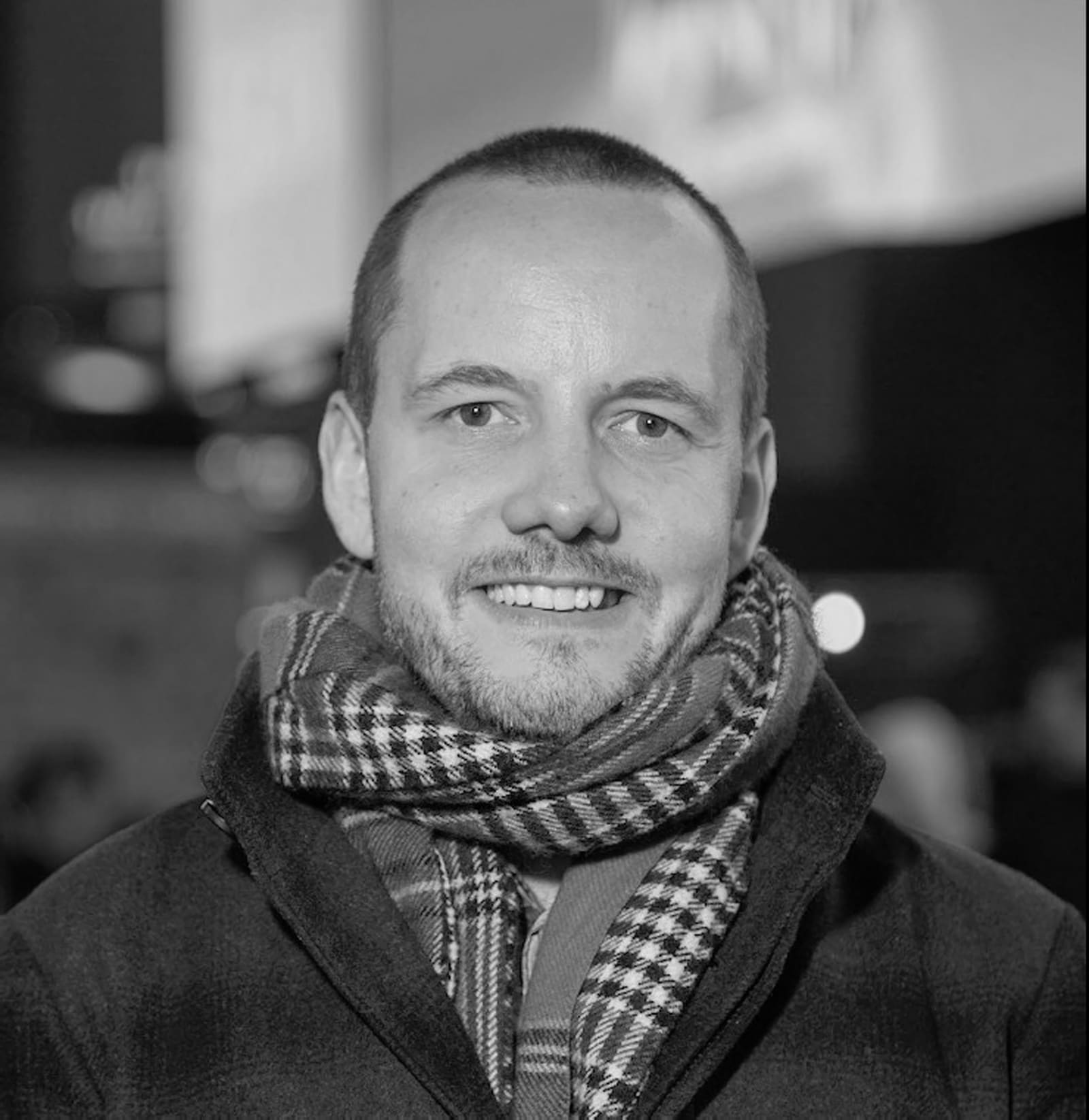artwork infos
nft details
Jamie Scott
Anemone group blue
Jamie Scott
Anemone group white - verti...
Jamie Scott
Central Park - Grape Hyacin...
Jamie Scott
Godetia 03a Side
Jamie Scott
Central Park Crocus
Jamie Scott
Lily 2021 13 Stargazer Pink...
Jamie Scott
Peonies burg
Jamie Scott
White Tulips 01b - Horizont...
Jamie Scott
Peonies Yellow - Horizontal
Jamie Scott
Anemone group purple - vert...
Jamie Scott
Noir Lily 02
Jamie Scott
Purple tulips in a vase
Jamie Scott
Central Park Daffodils
Jamie Scott
Daffodil - Bug's Eye View
Jamie Scott
Full Star Anemone
Jamie Scott
Poppy Bug's Eye View - Hori...
Jamie Scott
Lily 2021 11 Stargazer Pink
Jamie Scott
Peonies pink rot
Jamie Scott
Butterfly 1
Jamie Scott
Daffodil - Bug's Eye View -...
Jamie Scott
Peonies pink rot - vertical
Jamie Scott
Hyacinth 20 White
Jamie Scott
RedLily
Jamie Scott
White tulips in vase 01a
Jamie Scott
Godetia 01b Pink Top
Jamie Scott
Full Star Anemone 08
Jamie Scott
Peony River - Horizontal
Jamie Scott
Red Lily
Jamie Scott
Anemone group blue - vertic...
Jamie Scott
Pink Tulips 6a
Jamie Scott
Lily 2021 04 White Burgundy
Jamie Scott
Crocus 2022 04 Purple
Jamie Scott
Central Park - White Grape ...
Jamie Scott
Hyacinth 14 Pink
Jamie Scott
Peony River
Jamie Scott
Anemone group white
Jamie Scott
Lily 2021 02 Yellow Top
Jamie Scott
Pink Tulips 6a - Vertical
Jamie Scott
Hyacinth 19 Purple
Jamie Scott
Bug's Eye View - Poppy Alt ...
Jamie Scott
Butterfly 3
Jamie Scott
Central Park - Purple Tulip...
Jamie Scott
Lily 2021 14 Stargaze Pink ...
Jamie Scott
Butterfly 2
Jamie Scott
Anemone group purple
Jamie Scott
Full Star Anemone - Vertica...
Jamie Scott
Pink tulips in a vase
Jamie Scott
Poppy Bug's Eye View
Jamie Scott
Bug's Eye View - Poppy Alt
Jamie Scott
Peonies burg - vertical
Jamie Scott
Lily 2021 12 White Pink Top
Jamie Scott
White Tulips 01b
Jamie Scott
Full Star Anemone 08 - Hori...
Jamie Scott has always wanted to be an artist and by the time he was 8 years old, he knew he would specialize in visual effects (even if he still didn’t know the name). He studied media production at the University of Bournemouth (United Kingdom), with a specialization in 3D animation, and began his career in 1999 at the award-winning post-production centre The Mill in London. From there, he rose through the ranks to become a leading artist working on many award-winning commercials, music videos and short films. In 2003, he moved to New York and worked for another three years at The Mill. In 2006, he joined Mass Market/ Psyop New York where he still gets many awards. After a brief stint in Los Angeles, he returned to New York and began working as a freelancer. He then had the opportunity to work on many other creative media, including oil painting and photography.
He began experimenting with accelerated photography in 2010. His first short film was "Autumn" and covered the fall season in Central Park. Much to his surprise, the film was shown everywhere, from The Weather Channel to the Huffington Post. His next film, "Spring", was even more successful and was presented at Times Square in New York as part of the Times Square Arts series Midnight Moments. It is screened on 60 digital screens every night for a month in 2018. Since then, he has shot and produced time-lapse pieces for notable clients, including Dell, Chanel, Target, Spotify and Florence and the Machine. He continues to work as a visual effects artist and time-lapse photographer.

Pink Tulips 6a
These tulips change hue as they bloom and then wilt. Starting with light pink, moving through magenta and ending with yellow and purple, the artist's time lapse allows viewers to bear witness to the transformation and lifespan of these flowers.
Combined with a musical score by composer Jim Perkins, Pink Tulips 6a provides a moment of calm and reflection upon life, death, beauty, and the passing of time. The number in the title of the work reflects the number of times the video had to be shot in order to achieve the perfect composition - a commentary on the fickleness and unpredictability of nature in and of itself, and how, in contrast, it can be concretised and frozen in time through blockchain technology.
video
landscape
02:23
2022